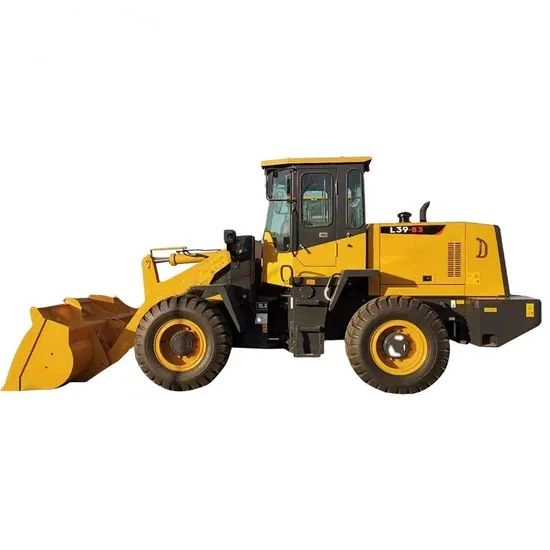Wheel loaders are common construction machinery used in fields such as engineering construction, mining, and logistics transportation. Their advantages are mainly reflected in the following aspects:

- Strong mobility and flexible transition
- Fast driving speed: Wheel loaders use tires for movement. Compared with crawler loaders, they have a higher driving speed on flat roads (such as highways and factory roads), usually reaching 30-50 kilometers per hour. This allows them to quickly transition between different work sites and reduce non-working time.
- Wide road adaptability: They do not require special crawler roads and can travel on ordinary roads, hardened grounds, and even slightly muddy roads, with lower requirements for the infrastructure of the work site.
- High operating efficiency and flexible operation
- Integration of shoveling, loading and handling: Equipped with a bucket that can be quickly lifted and turned over, it can directly complete the shoveling, loading, handling and unloading of materials (such as sand, coal, and earth) without the cooperation of additional equipment, reducing operating links.
- Flexible steering: Most wheel loaders adopt an articulated steering design, with a small turning radius, enabling flexible operation in narrow spaces (such as warehouses, workshops, and small construction sites), especially suitable for scenarios with limited space.
- Adjustable operating range: By adjusting the bucket angle and lifting height, it can adapt to the operating needs of different stacking heights and material types, with strong versatility.
- Low maintenance cost and convenient use
- Simple structure: The mechanical structure of the wheeled chassis is simpler than that of the crawler type. The maintenance and replacement costs of the transmission system (such as tires and wheel axles) are lower, and daily maintenance (such as lubrication and tire inspection) is more convenient.
- Little damage to the road surface: Tires exert less pressure on the ground when driving. When working on hardened roads or sites that need protection (such as municipal roads and factory grounds), they will not cause serious rolling damage, reducing later repair costs.
- Wide range of applicable scenarios
In addition to traditional mines and infrastructure construction sites, wheel loaders are also widely used in municipal engineering (such as road cleaning and snow removal), agriculture (such as grain loading and unloading, straw handling), logistics and warehousing (such as auxiliary loading and unloading of containers) and other fields. Their functions can be further expanded by replacing accessories (such as wood clamps and snow pushers).
Summary
With high mobility, flexible operation, low maintenance cost and wide applicability, wheel loaders show more significant advantages than crawler loaders in work scenarios that require frequent transition, diverse sites or limited space. They are an ideal choice for small and medium-sized projects and multi-scenario operations.
With high mobility, flexible operation, low maintenance cost and wide applicability, wheel loaders show more significant advantages than crawler loaders in work scenarios that require frequent transition, diverse sites or limited space. They are an ideal choice for small and medium-sized projects and multi-scenario operations.





